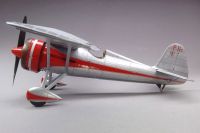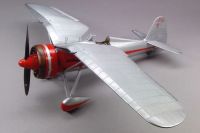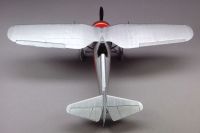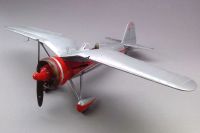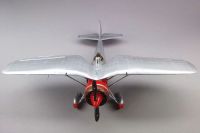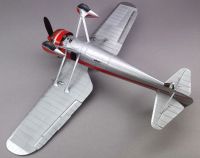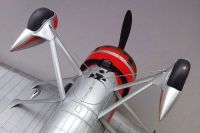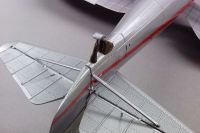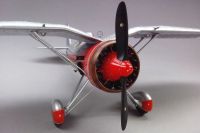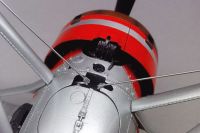IBG 1/32 PZL P.11c
By Marcin Matejko
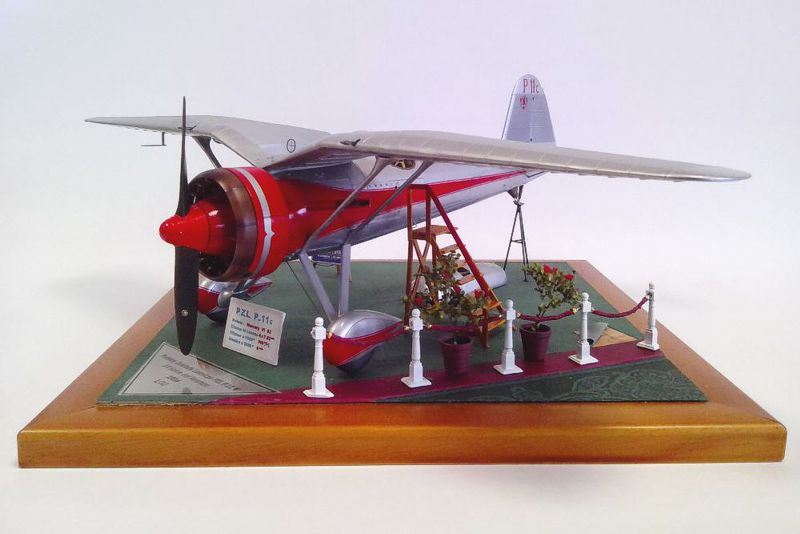
I wanted to present to you my latest model, which shows a miniature of the PZL P.11 prototype no. V. This aircraft was presented in 1934 during the 14th International Air Show in Paris.
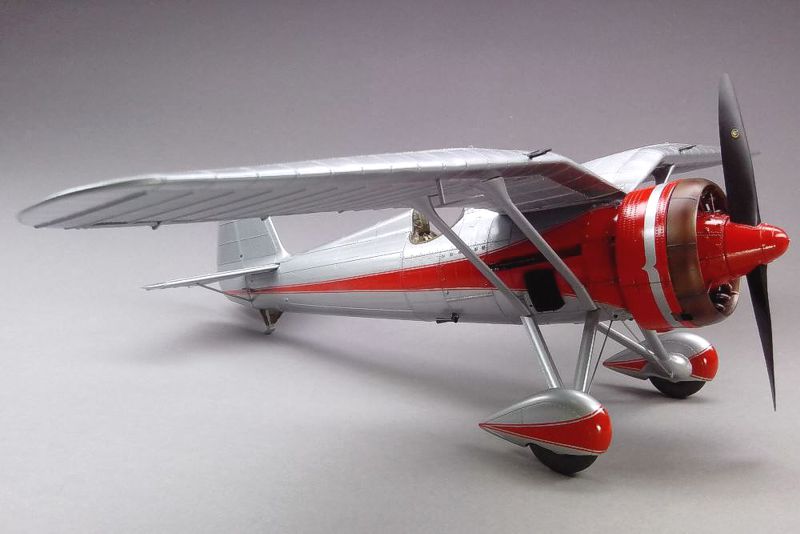

I built it on the basis of a 1/32 scale PZL P11c aircraft model kit by IBG, or two such kits in fact. This was due to the fact that there are quite a lot of differences between the prototype and the serial P11c aircraft, despite the fact that both aircraft have the same marking painted on the vertical stabilizer. All these nuances, it would seem, are quite important and together with the occasional silver-red painting, they make this plane stand out from all the other PZL P.11c. These differences were meticulously picked out from the analysis of archival photos and documents, and I decided to show them all so that the final effect was as close as possible to the appearance of the prototype.
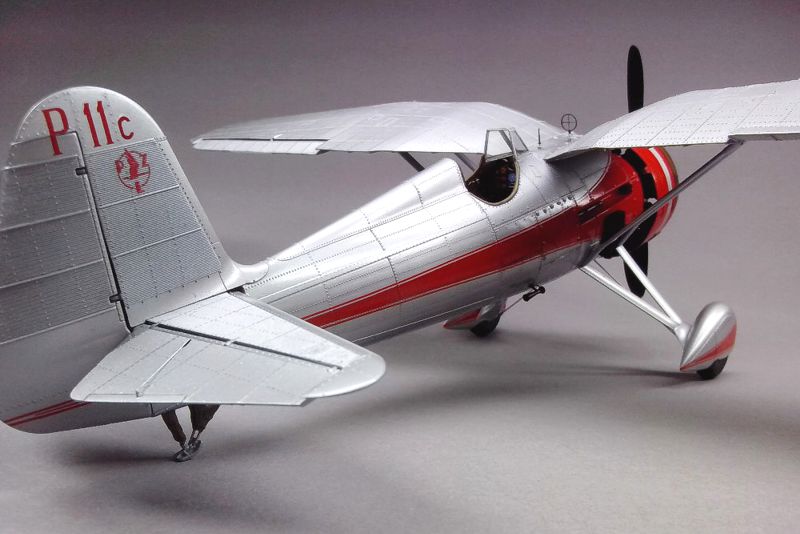
Below is a list of these differences, although it cannot be ruled out that this is only part of them and perhaps in the future it will be possible to expand it:
- The horizontal stabilizer had elevators with a larger area and a different shape.
- Chassis with aero fairings and Dunlop low pressure wheels.
- Elevator trim tabs of a rectangular shape with an external drive.
- Longer recess for the barrels of hull machine guns, extending to the firewall.
- Different division of plating elements in the truss part of the hull.
- Larger side panels for access to hull armament.
- Different layout and form of the entrance steps to the cockpit.
- Hull hand grips in the form of openings with flaps at the height of the windshield.
- Higher windshield without rear view mirror.
- Another form of upholstery around the periphery of the pilot's cabin.
- Covering with corrugated sheet additional panels on the upper surface of the wings near the fuselage.
- Different location of the Venturi nozzle on the hull.
- No longitudinal ventilation holes in the engine crankcase cover.
- No ventilation holes, so-called. "gills", in the fuselage behind the engine in front of the firewall.
- No radio station.
- Missing access panel to the radio station in the semi-monocoque part of the fuselage.
- No antenna installation on the fuselage and wings.
- No generator drive cover on the right side of the hull behind the engine.
- Missing one of the rudder drive inspection holes in the rear fuselage.
- No bomb launchers under the wings.
- No bomb release lever in the cockpit.
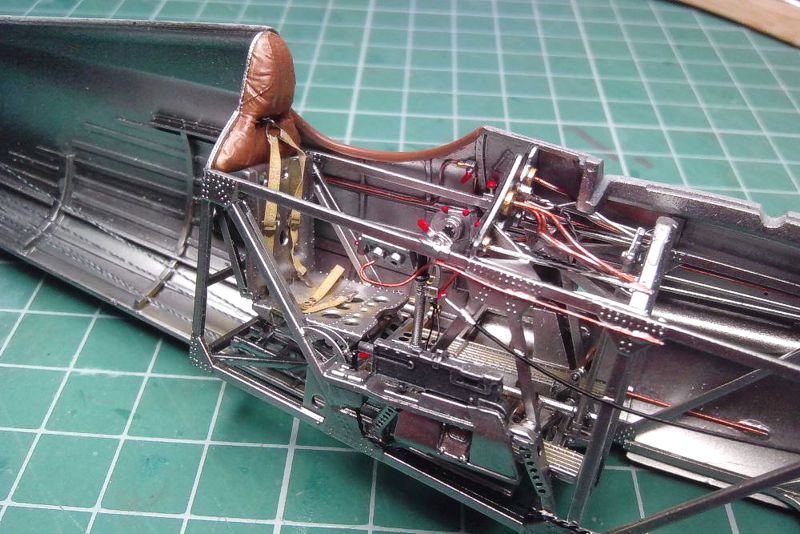
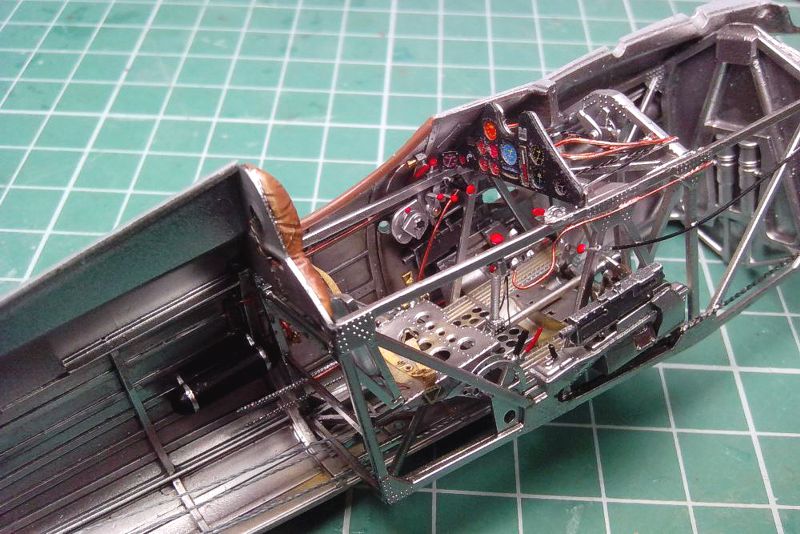
During the conversion, I made a lot of components from scratch and used a lot of commercial add-ons (Archer, Bitskrieg, Master, Yahu, Part and Eduard). I put a lot of work into reducing the thickness of the trailing edges in the lifting and steering surfaces of the model.

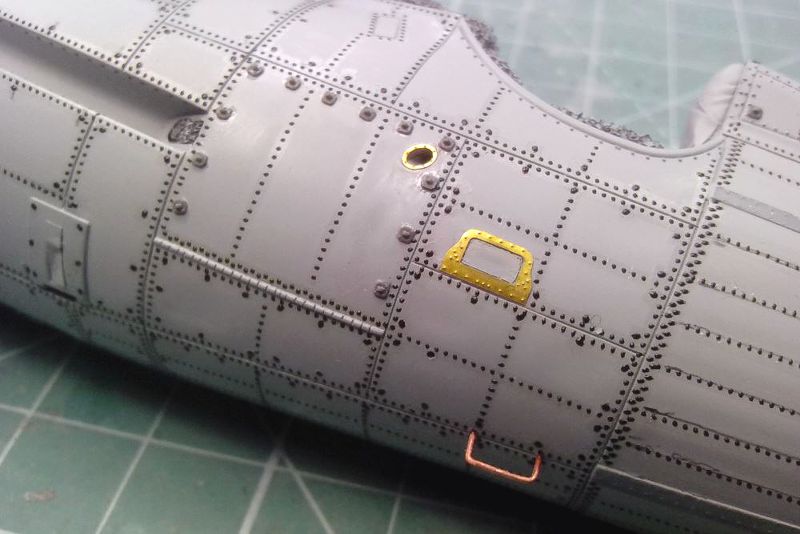
From scratch I made a representation of the entire riveting on the fuselage and partly on the wings and stabilizers. A different layout of the prototype's hull panels required re-creating most of the dividing lines. I also made an imitation of small deflections on the fuselage and wings simulating deformations on the skin as a result of technological and utility processes.
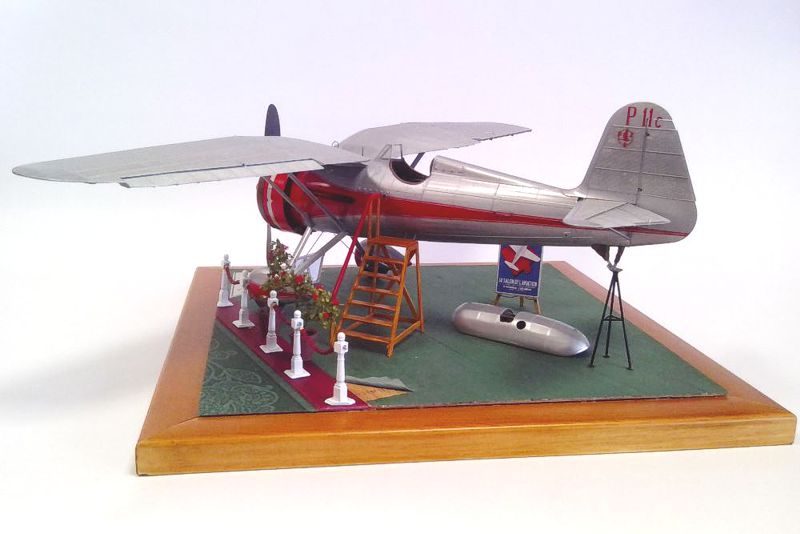
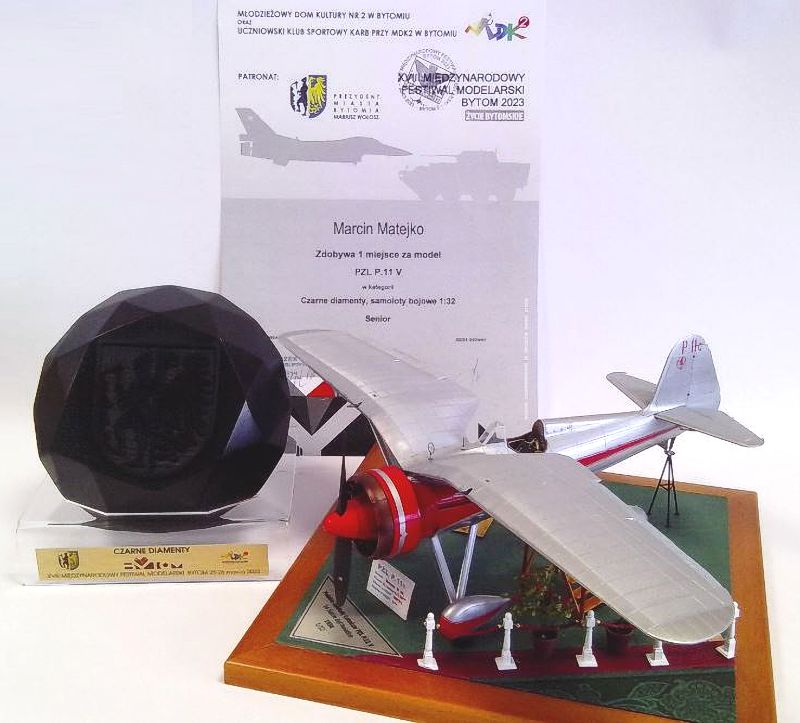
For the purposes of the presentation, I made a small base inspired by archival photos from the exhibition in Paris.
Enjoy!
© Marcin Matejko 2023
This article was published on Friday, April 21 2023; Last modified on Sunday, April 23 2023

